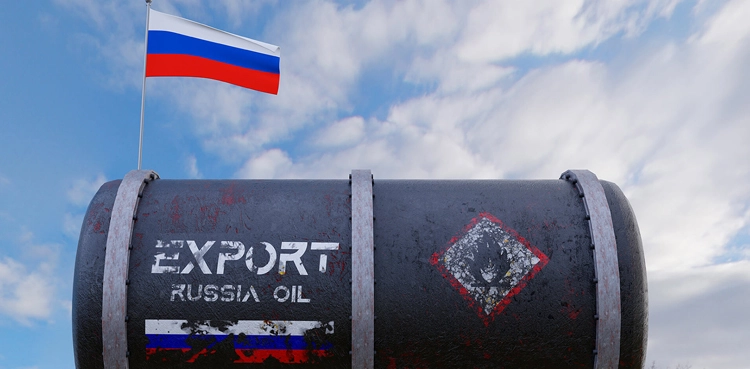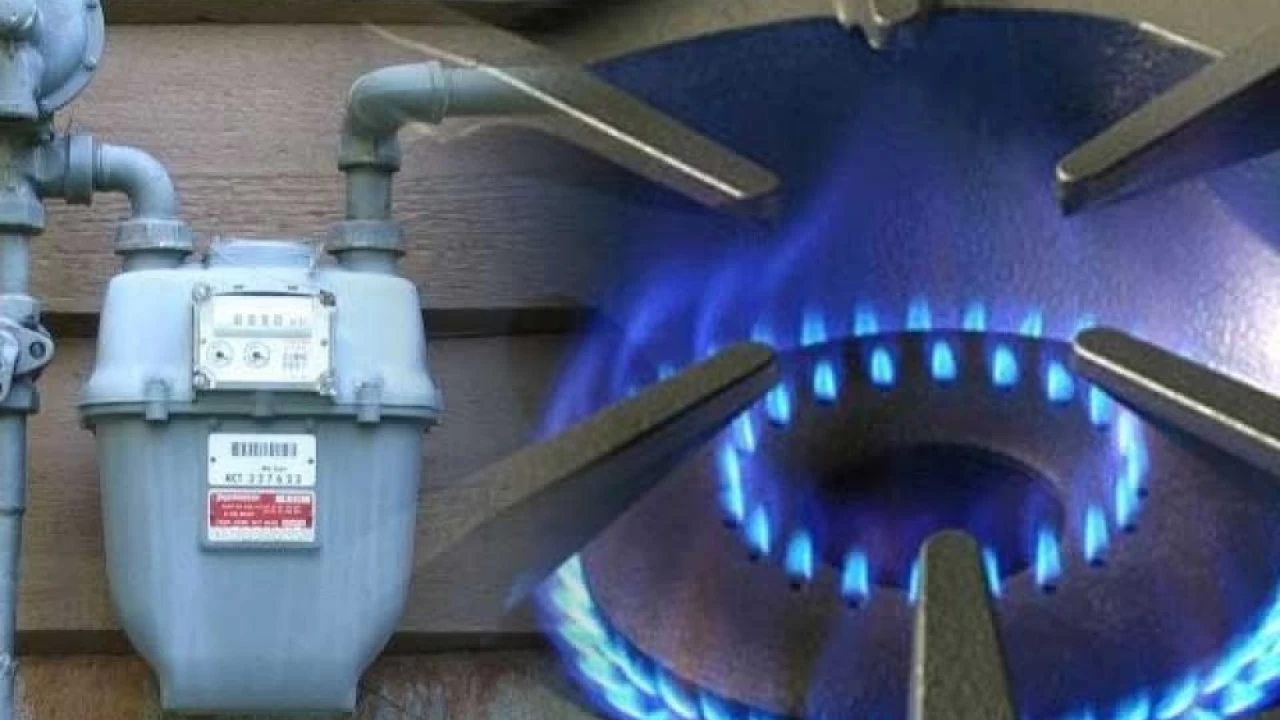Russian gas exports to Europe via Ukraine cease as transit deal ends
Canada Global (Web News) On New Year's Day, Russia's gas exports through…
Russia begins fuel supplies to Iran by rail
Canada Global (Web News) According to three industry insiders and exports statistics,…
Oil rises on China optimism, market shrugs off US inventory build
Canada Global (Web News) Oil prices increased on Thursday as expectations of…
Govt hikes gas price by 113pc
Canada Global (Web News) The Oil and Gas Regulatory Authority (OGRA) has…
Gas prices increased by more than 100 percent
Canada Global (Web News) Following the government's negotiations with the International Monetary…
Competition Bureau is looking into Canadian Gas Association accusations.
Competition Bureau is looking into Canadian Gas Association accusations.







